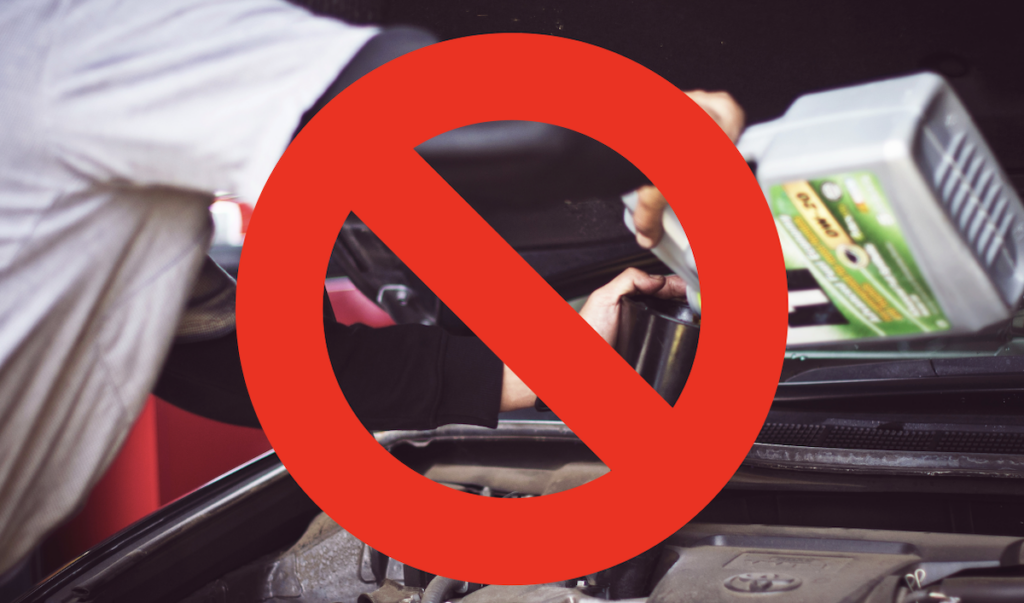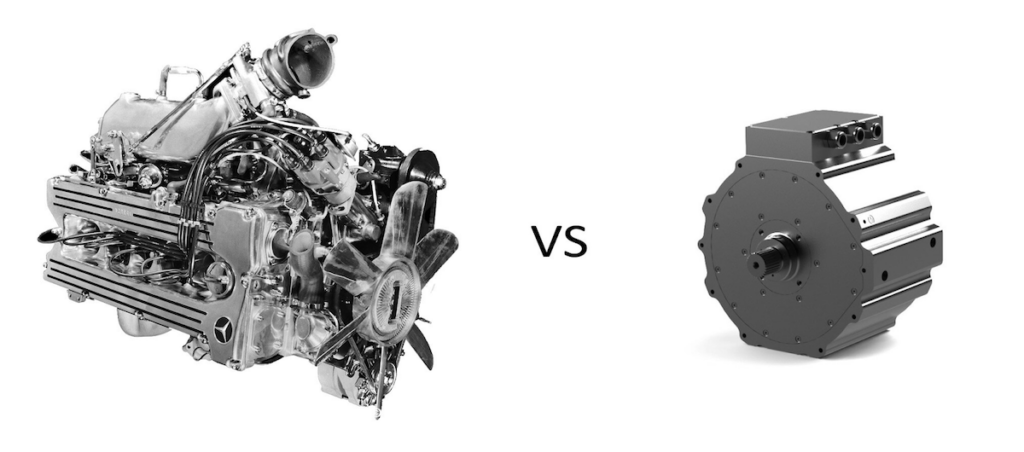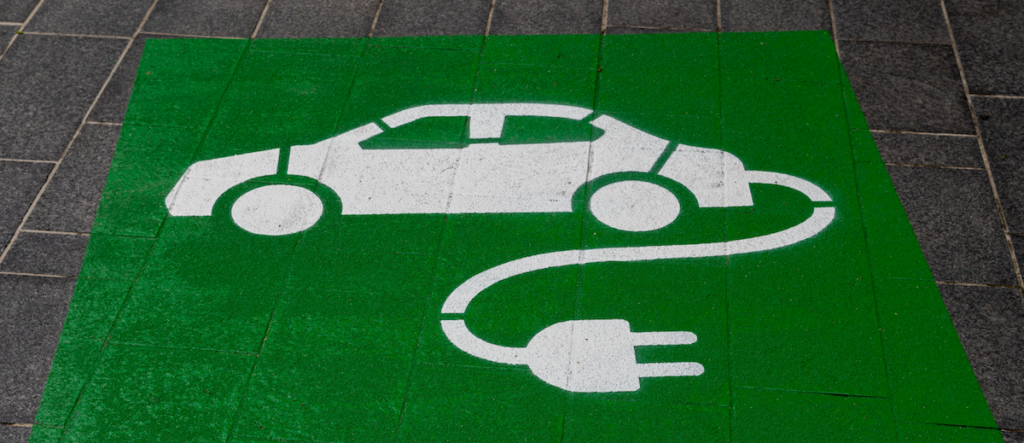
Do electric cars use oil and need oil changes? The simple answer is no. While traditional combustion engines found in gas-powered cars require regular fresh oil and lubricants to keep parts from failing, electric cars have a sealed motor with fewer moving parts—so there is no need for expensive motor oil changes.
That said, electric cars do still require regular maintenance including some fluid and coolant checks. Read on for an overview of electric car fluids and how to stay on top of electric car maintenance.
Why Don’t Electric Cars Need Oil Changes?

Traditional combustion engines found in gas-powered cars have hundreds of parts, many made of heavy steel that rotate and pulse in opposing directions at an incredibly high speed to power your car. These moving parts require regular oil changes to avoid friction and wear and tear from metal-on-metal.
Without consistent oil changes (typically about two a year), the metal parts will not be properly lubricated and your car may suffer from major damage and part failure.
Electric cars, on the other hand, only use a handful of parts with a significantly simpler high-voltage, alternating current, motor. Additionally, all the motion inside an electric motor is in the same direction. This greatly reduces friction, heat, and ultimately the wear of the components—making oil unnecessary for electric motor maintenance.

Do Electric Cars Use Any Fluids?
Before you start excitedly calculating your time and money savings from skipping oil changes every few months, remember that your electric car still uses some fluids and requires ongoing maintenance. That said, most electric car owners can expect lower maintenance costs overall, a major pro of electric car ownership.
Here are some fluids your electric car will use and how to stay on top of them:
1. Brake Fluid
Despite major differences between electric and gas-powered engines, the electric car braking system is pretty much the same as their gas-powered counterparts. This means you will use brakes and brake pads to stop your car and you will need t change your brake fluid every couple of years to avoid corrosion just like a gas-powered car.
That said, electric cars use a regenerative brake system that charges the batteries by using the momentum of the vehicle to create power through the motor. This regenerative system results in less wear and means your brake pads could last three times as long as traditional brake pads.
2. Battery Coolant
Batteries are a major component of your electric car; they store the electricity that powers your vehicle. This means batteries can create a lot of heat. To effectively manage the temperature of your battery, some EVs use liquid coolant as an effective way to prevent overheating.
While liquid coolant is incredibly important, the good news is that it does not have to be changed often. You can expect to drain, flush, and refill your coolant every 4 or 5 years for around $300.
3. Windshield Washer Fluid
Windshield washer fluid functions the same way in an electric car as you’re used to. There’s a reservoir under the hood and you can refill the fluid yourself as needed.
4. Transmission Fluid
Electric cars do technically have transmissions that transfer electricity to your motor. That said, these transmissions look much different than what you’re used to as the majority of electric car transmissions are single-speed transmissions and do not require gear shifts to accelerate quickly from low speeds.
Recently, some manufacturers have experimented with two-speed transmissions to improve top speed and range. These cars do have transmission fluids and require transmission fluid changes just like gas-powered cars. You likely won’t have to think about this until around the 100,000-mile mark.
Do Electric Cars Require Less Maintenance Overall?

With fewer fluids and fewer parts, electric cars should require less maintenance and have lower maintenance costs overall. While Tesla Service Centers may still be charging premiums for issues such as faulty door handles, these are minor kinks that should be worked out pretty quickly and will be less common as more major automobile manufacturers roll out their own electric models.
The largest potential maintenance cost for electric vehicles is the battery. Electric car batteries are expected to last the lifetime of the vehicle and many manufacturers are offering 100,000-mile warranties to instill confidence in buyers. The cost to fully replace an electric car battery ranges from about $2,000 to $20,000. While this is a rare undertaking, it is certainly an alarming prospect.
Will You Save Money With Electric Cars?
At this point, the cost of entry will almost always be higher with electric vs. gas-powered cars. From purchasing your vehicle to getting your home charging setup in place, there are a lot of initial costs to prepare for that we broke down in an earlier article on the true costs of EVs vs gas cars. The good news is that in 2023 there are more EVs than ever under the $35,000 price point.
Once you get over the initial costs, it’s likely that you will save some money on the day-to-day driving and maintenance. However, some of your biggest saving opportunities come from qualifying for the federal tax credits. These credits are designed to increase domestic energy production and manufacturing increase investment in a less fossil-fuel-dependent future, which is why many states are additionally taking action to encourage widespread electric vehicle adoption.
Summary: Do Electric Cars Use Oil?
No, electric cars do not use oil or need oil changes. In fact, the efficient electric car motor means there may be significantly lower maintenance costs associated with your electric car. That said, there are still fluids and lubricants your electric car will need to run smoothly including brake fluid, battery coolant, windshield washer fluid, and possibly even transmission fluid. Regular inspections are the best way to stay on top of your electric car maintenance and avoid bigger issues down the road.


Leave a Reply